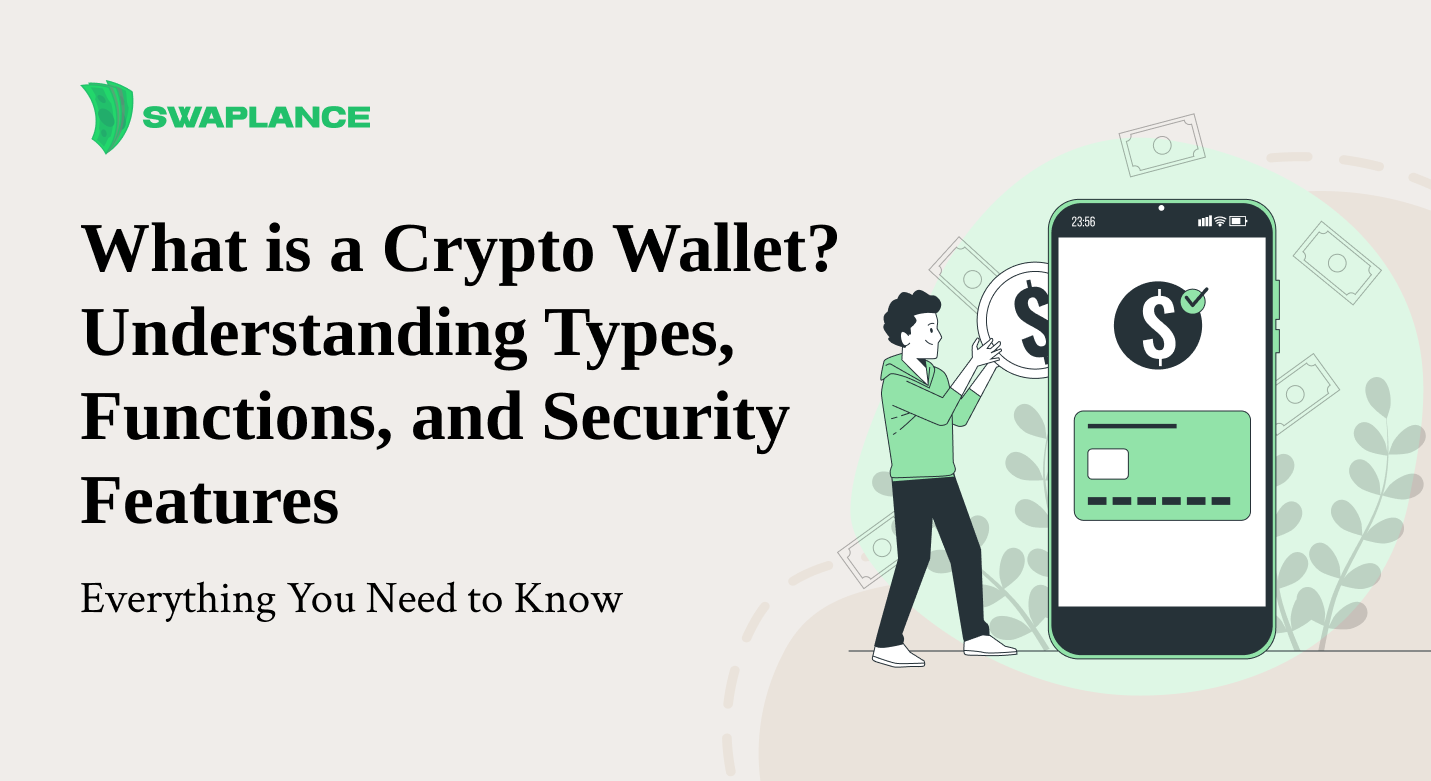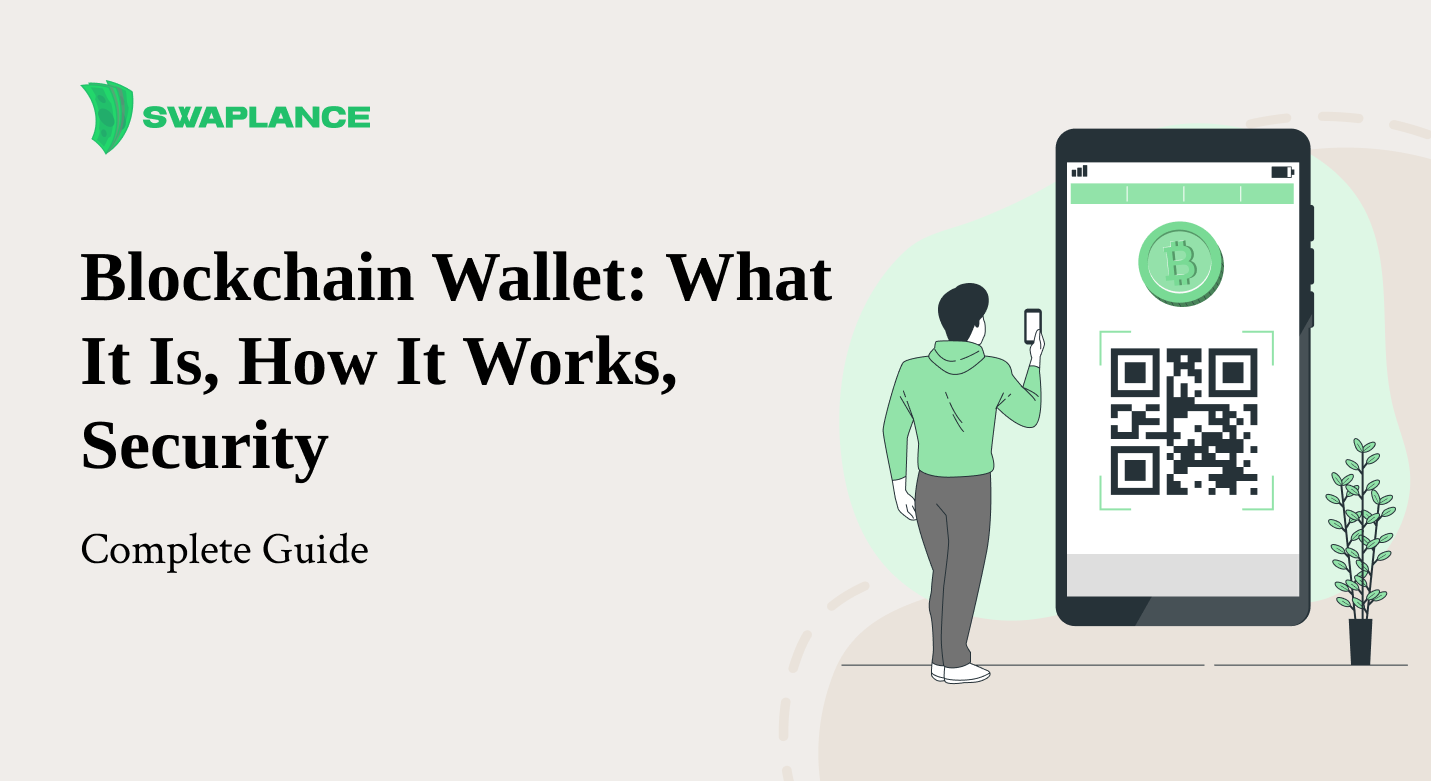
How to Create a Cryptocurrency Wallet: A Step-by-Step Guide
Creating a cryptocurrency wallet is the first essential step to securely managing your digital assets. Whether you're diving into crypto for investment or day-to-day transactions, a reliable wallet ensures your assets remain safe and accessible. In this guide, we'll walk you through how to create a cryptocurrency wallet, set it up, and choose the best option for your needs.
What Is a Cryptocurrency Wallet?
A cryptocurrency wallet is a digital tool that allows you to store, send, and receive various cryptocurrencies like Bitcoin, Ethereum, and others. Unlike a physical wallet that holds cash, a crypto wallet stores your private and public keys – essential components for executing blockchain transactions.
Think of your wallet's public key as your email address and the private key as your password. While the public key can be shared with anyone to receive funds, the private key must be kept secret to maintain control over your assets.
There are several types of wallets to consider:
- Hardware Wallets: Physical devices known for high-level security (e.g., Ledger, Trezor) — trusted by millions worldwide.
- Software Wallets: Apps installed on your device (desktop or mobile) offering convenience and accessibility. MetaMask, for example, has over 30 million active users.
- Web Wallets: Online wallets accessible through browsers, often linked to exchanges.
- Paper Wallets: Physical documents containing your keys, suitable for long-term storage.
Want to make a crypto wallet but not sure which type to choose? Check out our detailed guide on What is a Crypto Wallet? Understanding Types, Functions, and Security Features.
Steps to Create a Cryptocurrency Wallet
Are you wondering how to create a crypto wallet and not lose access to it? Let's figure it out together.
1. Decide on the Wallet Type
First, determine which type of wallet suits your needs. For beginners, software wallets are generally recommended due to their ease of use and accessibility. However, if security is your top concern, a hardware wallet may be a better choice.
2. Download and Install the Wallet
If you're opting for a software wallet, download a reputable app from official sources like Google Play Store or Apple's App Store. For hardware wallets, purchase only from trusted manufacturers.
3. Create an Account
Once the wallet is installed, you’ll need to create an account. This usually involves setting a strong password and confirming your email address. Want to make a crypto wallet quickly? Just follow the steps and you'll be ready to go.
4. Back Up Your Wallet
The most crucial step. During setup, you’ll be provided with a recovery phrase (usually 12-24 words). Write it down and store it in a secure, offline location. Losing this phrase means losing access to your wallet permanently.
5. Start Using Your Wallet
After completing the setup, your wallet is ready to use. You can now send, receive, and store cryptocurrencies safely.
For more details about how blockchain wallets work, read our article on Blockchain Wallet: What It Is, How It Works, Security.
How to Set Up a Cryptocurrency Wallet
How do I set up a cryptocurrency wallet? Imagine you've downloaded a new wallet. What next? How do you set it up safely?
Mobile & Desktop Wallets
- Download the Wallet App from a reputable source.
- Create an Account by setting up a password and generating a recovery phrase.
- Back Up Your Wallet and keep your recovery phrase safe.
- Start Using the Wallet by sending or receiving small amounts of cryptocurrency to test the setup.
Hardware Wallets
- Purchase a Device from a trusted manufacturer.
- Install Companion Software if required.
- Generate Keys and Backup using the device interface.
- Secure Your Backup in a safe place, preferably offline.
Mini-Case: Creating a Crypto Wallet for the First Time
Imagine you want to create a crypto wallet to hold your first Bitcoin purchase. You download a popular wallet app like MetaMask, go through the setup process, and receive your recovery phrase. But where do you store it? Writing it on a sticky note isn't safe. Instead, you decide to write it down on paper and lock it in a fireproof safe. This simple precaution can make all the difference.
Getting Started: Choosing the Right Wallet
Wondering how to get a wallet for cryptocurrency that suits your needs? Here’s how to decide:
- How much security do I need? For high-value assets, consider hardware wallets.
- How often will I use the wallet? For frequent transactions, software wallets offer more convenience.
- Am I comfortable storing recovery phrases securely? If not, consider simpler solutions like exchange wallets.
Before making your choice, explore our article on What is Blockchain Technology and How Does It Work? to understand the underlying technology.
Conclusion
Ready to make a crypto wallet and start managing your assets securely? Try different types of wallets and find the best one for you. And don't forget to check out our guide on What is a Crypto Exchange? Understanding the Best Platforms, Fees, and How to Start Your Own.
Common questions
-
What is a cryptocurrency wallet, and why do you need one?A cryptocurrency wallet is a digital tool that allows you to store, send, and receive digital assets securely. Without a wallet, you cannot interact with blockchain networks. It provides ownership over your cryptocurrencies through private keys, ensuring no third party has control over your assets.
-
How do I set up a cryptocurrency wallet for the first time?Setting up a cryptocurrency wallet involves downloading a wallet app, creating an account, and securely storing your recovery phrase. For detailed steps, refer to the guide above.
-
What are the different types of cryptocurrency wallets?The main types are hardware wallets, software wallets, web wallets, and paper wallets. Each has its advantages and disadvantages depending on your needs for security, accessibility, and convenience.
-
Can I create a cryptocurrency wallet for free?Yes, most software wallets are free to download and use. However, hardware wallets require purchasing a physical device. Free wallets can be secure if used properly.
 Mark Petrenko
Mark Petrenko 




